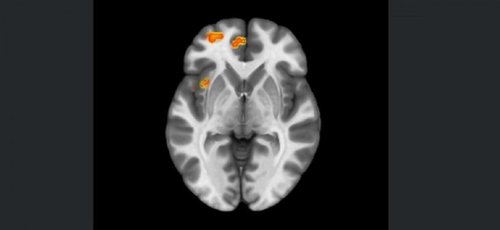Effects of Intranasal Oxytocin on brain activity in cocaine / crack users
Coordinator: Prof. Dr. Rodrigo Grassi-Oliveira
Members: Prof. Dr. Alexandre Rosa Franco , Prof. Dr. Augusto Buchweitz , Me. Breno Sanvicente (doctoral student) , Me. Natália Bianchhini Esper (doctoral student) , Renata Rodrigues (graduate student), Gabriela Jacoby (graduate student).
InsCer researchers Rodrigo Grassi-Oliveira, Alexandre Rosa Franco, Augusto Buchweitz and Breno Sanvicente are leading a study at the institute in the clinical phase to evaluate a new type of intervention to help women who are crack users. According to the researchers, current treatments aimed at users are very ineffective and do not take into account the particularities of gender and other individual factors that lead people to become users. According to them, women suffer more during detoxification and end up being exposed to trauma situations, such as living on the street or even undergoing prostitution. “The woman progresses to the disease faster and the associated losses are more intense”, reveals researcher Breno.
The intervention used in this research project, a pioneer in the world, is the use of intranasal oxytocin to reduce cracks and increase the control of the will to use. About 50 female users recently admitted to a detox unit in Porto Alegre are being invited to participate in this research. In this phase, patients receive a hormone analog via inhalation and are then evaluated through functional MRI exams at the institute, allowing to map brain activity. As the fissure is very much associated with clues from the environment, during the exam, images (photographs) of crack (of the drug) and people using crack are displayed on a monitor installed in the exam room.
While the images are being shown, the brain activities of these women are mapped. To ensure the correct interpretation of the data, at another time the same patient repeats the procedure, but using a spray of saline solution to study the placebo effect. This is a double blind study, where neither researchers nor patients know whether the substance inhaled would be a physiological solution or the hormone. In a pilot phase, where blinding had not yet occurred, it was possible to verify that those who used oxytocin showed an increase in brain activity in brain regions responsible for emotional control and decision making. If this is indeed confirmed at the end of the research, which is expected to be completed in two years, a new target of therapeutic intervention for the treatment of crack in women may have been discovered.
Media search:



